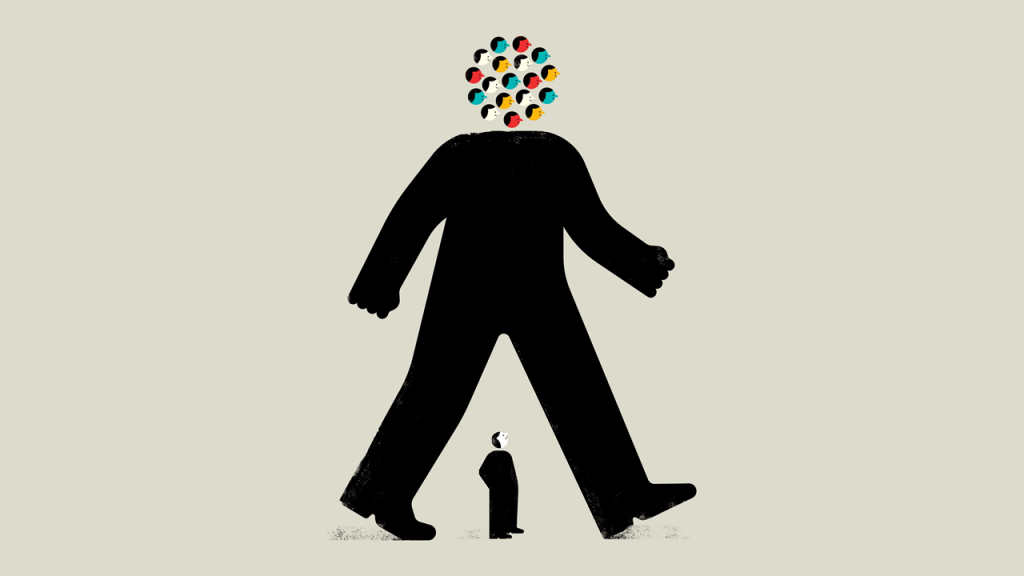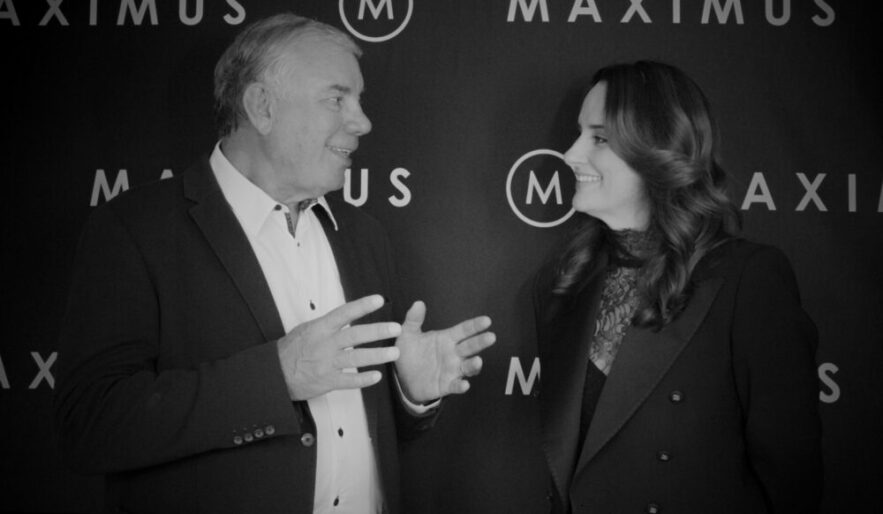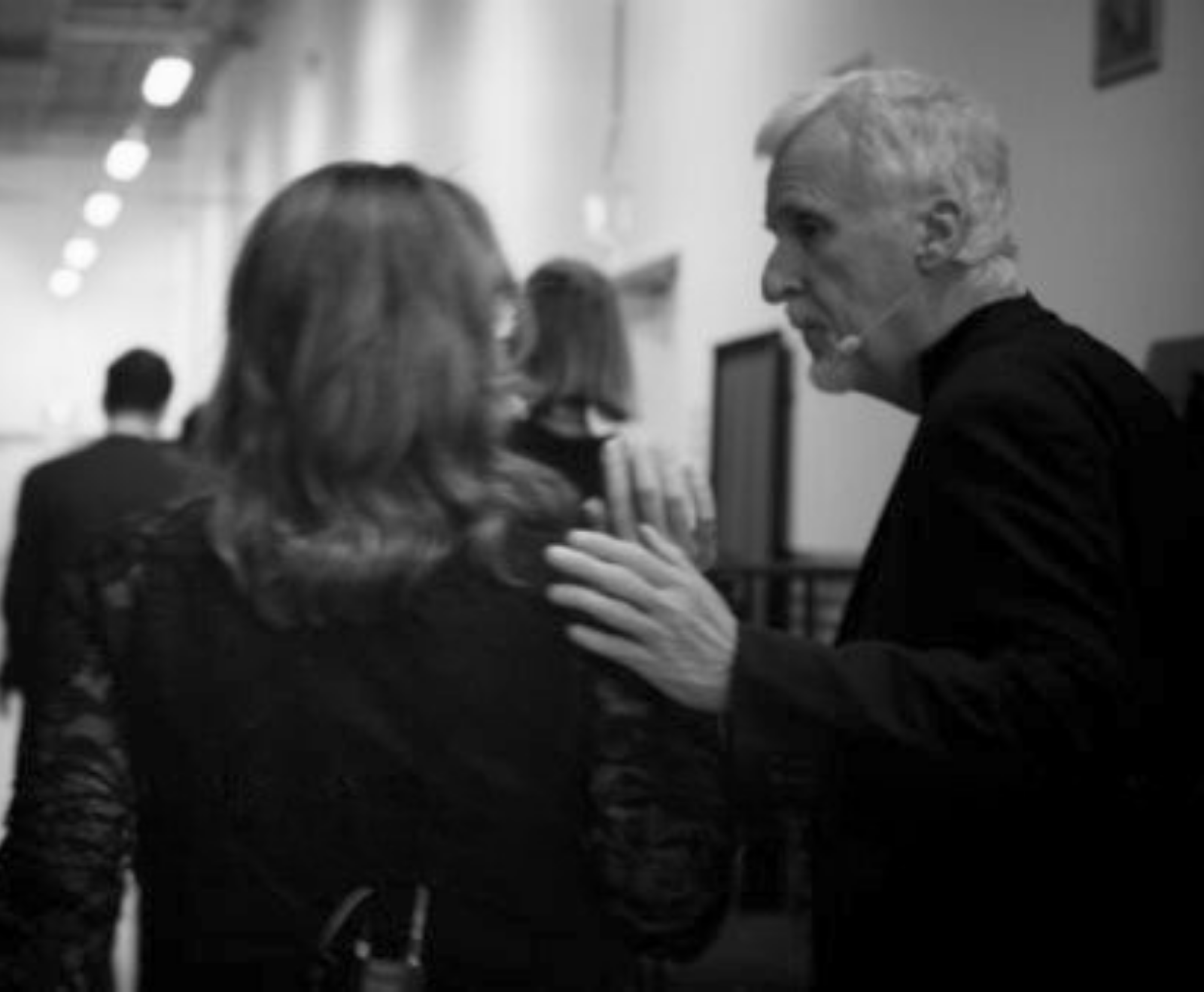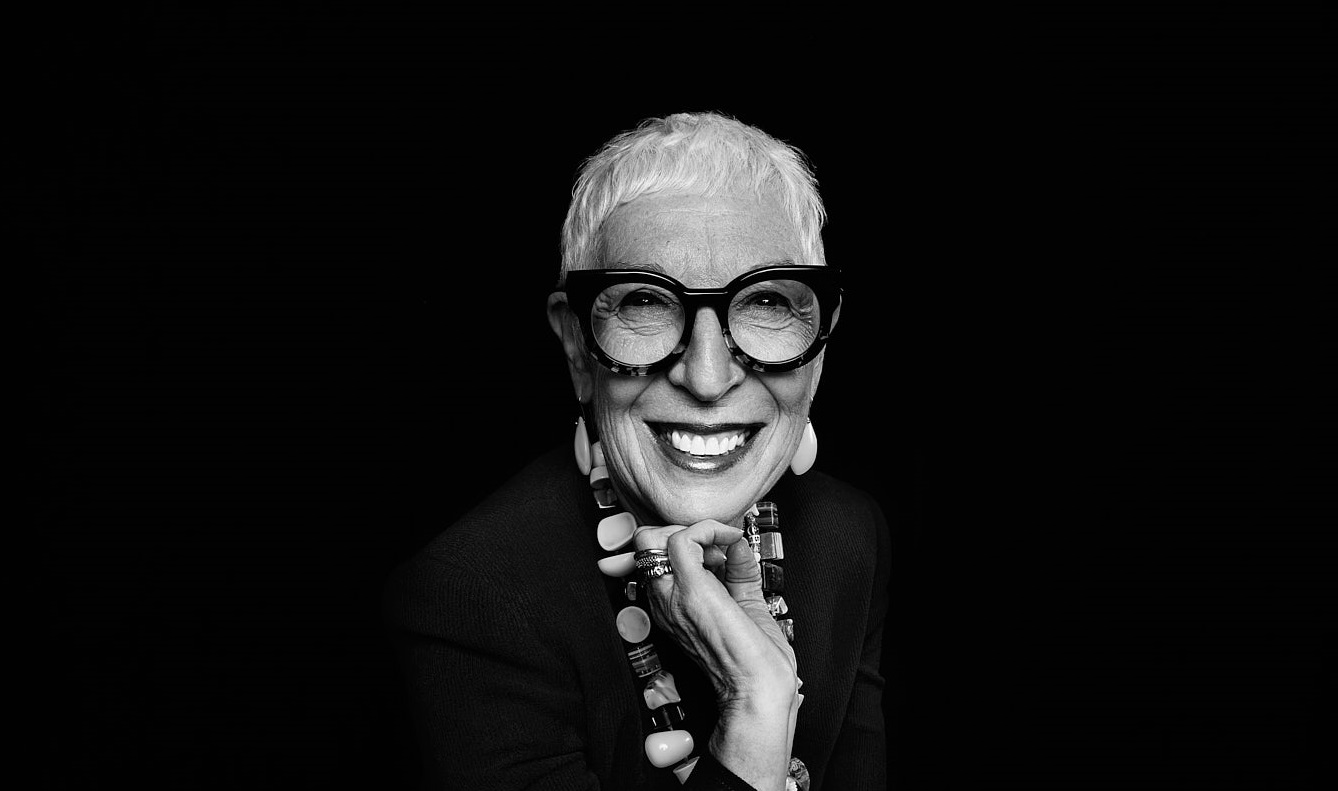I have to begin by stating a sobering fact: we are living in an age where the rates of depression and anxiety are unprecedented. Safe Work Australia reports that a staggering 91 per cent of all workers’ compensation claims were related to mental health in the five years to 2015, listing causes such as poor support, poor workplace relationships, poor environmental conditions and poor organisational change management.
Knowing that we have unhappier workforces calls for an urgent rethink of how we as leaders can help to create environments that encourage better human connections at work. How do we ensure that there’s space for personality, for play, for individual purpose and for conversations that have, on the surface, nothing to do with daily business, but in reality are key to its success?
We have lost the places and methods of how people connect and belong to communities at work, and as a result organisations have lost their place in participating in those communities. Clever leaders see that and are finding ways to bring those communities back. The productivity agenda has been well entrenched for decades and is unlikely to change, yet we need to carve out space for it to be productivity plus community.
It’s not a case of returning to the Happy Days era, much less the destructive hedonism we saw play out on Mad Men. We have achieved so many great things in modern society and through the evolution of tech, but we’ve also traded off some things that are fundamental human needs. The need to connect and the need to belong sit at the top of the list.
THE MIGHT OF MICRO-TRIBES
I am not saying this is a binary issue and our workplaces are void of these things. I am urging you to cast your mind to the lessons of anthropology and reflect on the essential notions of tribe and how it solves age-old needs for people.
The first one is the human need for connection at a deep level – being known, accepted and belonging to a group addresses that need. Tribes experience the culture together and enjoy its rituals, traditions, food, family and achieve together.
Tribes also hold onto a narrative about what’s right, what’s wrong, what works, what’s dangerous. They meet each other in their need for safety, security and survival. They have these in-built safekeeping behaviours on how to thrive. In traditional cultures, stories and legends were vessels for essential advice: where to find food and what to be careful of.
Only a century or so ago, a village was a tribe: growing food together and sharing it and enjoying each other’s company and caring for their community and environment holistically.
In modern life, we have lost touch with some of these fundamentals: the time to grow food and connect with nature, time to connect without agenda, even at the extremes the space to enjoy family time and sustain deep relationships with friends. Knowing that people are feeling isolated – and seeing the evidence in our depression rates – how can we continue to ignore the signals? How can we capture the things that have fulfilled tribes for decades, making them relevant to modern life?
An organisation is already a natural home for micro-tribes – subgroups that have found common ground connecting them. But as we evolve in the current context many continue to be stifled. Perhaps by increasing pressures at work, by the constant flow of information through technical rather than personal channels and via a mindset that has switched off to paying attention to the things that make it thrive. We might still have a water cooler, but we rarely stand around it to chat. Several things play into it, but I regard the mental-health crisis as intrinsically linked to a diminished sense of purpose, connection and belonging at work.
It’s a misstep to believe you can influence an organisation’s tribes and culture solely from the top down. With the flattening of hierarchy and trust in peer feedback, there is much power in peer relationships. I believe human social organisations must be evolved through both the people and the leadership collectives.
Within the people communities, it’s natural for micro-tribes to spring up. They operate with a set of common objectives, ways of working, and a narrative about the organisation, its people, its leaders. They connect around the fact that they share a similar view of the world. Imagine if their view is one of commitment to the agenda and evangelism of the business, including what is unique and special about it? Instead, in many workplaces, the narrative is positive about their peers and the work they perform but emotionally disconnected beyond a special few, and the company and collective leadership are often viewed with skepticism. This is the equivalent of a tribe that doesn’t trust their chief.
We work with great companies who do intense work with their leaders on connection and purpose, and we see such success there. We have seen leaders totally shift in their emotional commitment as a result of clarity of purpose and conviction. This is wonderful but only valuable when it filters through to the people in the broader organisation they are leading. This means leaders within organisations must consistently engage differently around the emotional commitment of their people, finding less traditional ways to achieve it.
For leaders, the challenge is to genuinely connect and influence performance at scale through their tribe’s sense of belonging and commitment. Driving performance and the culture creed from the top is still a strategy being adopted across the market, yet many are seeing the value of complementary social approaches to bringing performance, commitment, connection and culture to life through the business. The first step towards a new, more progressive approach is aligning on the foundations of how communities thrive and a recognition of the things that exist in your world and those you need to bring to life for your people.
CREATING PATHS TO PLACES OF CONNECTION
When the tech companies led the charge in offering employees great food and places to share it, we soon found that it was so much more than a cool perk. Meals have always been something communal. In the tiny micro-tribes of our families, most of us really put a lot of importance on coming together for meals. It’s a struggle to make happen sometimes, but most of us still hold a shared meal with family as precious time.
I’m not saying food answers everything, but that movement across tech industries was clever, because everyone was competing on benefits and offering all sorts of material incentives. But with food, the tech companies were saying: “I’ll provide the biggest benefit: connection.” By making a place where cultures could naturally develop around that communal sharing of good food, connection follows naturally. The concept of placemaking is used across the market from the shaping of cities, to retail, to our workplace dynamics.
At Maximus, we do the same. We’re a boutique firm, so we must be strategic and deliberate about our benefits, but great food is one of the things we offer and it’s part of a lot of social interaction. Some of it’s just catching up over breakfast in the office, but a lot is barbecues, lunches and celebrations, and it connects us all to each other. We have a sense of tribe in the firm that is connected deeply, physically and digitally.
Ironically, the material benefits become less important when people feel genuinely connected to your company, to the culture, which is when they are prepared to give an organisation much deeper commitment, and more discretionary effort because the company is a connected part of their life.
Once leaders become adept at identifying these micro-tribes, they can step into them and leverage their influence. Needless to say, this requires maximum emotional intelligence and it must be genuine… it’s not infiltration, it’s joining in. Once you understand the make-up of these groups, you can see them as coalitions of the willing – they’re the people who are going to get into organisational challenges and help solve problems, and leaders who give such groups those opportunities will reap the rewards.
In this multi-method, always-on age, we need to carve out the space for some of those special rituals that are community building. Organisations must step into it in a way that they’re naturally part of it. It’s about creating the conditions for it, it’s social things and rituals that are culture building rather than this purist-productivity focus.
“The ‘traditional’ tribes that still exist in our world strip everything back to the most common drivers for human behaviour.”
– Natalie Peters, Alumna of Maximus and Recent Executive of Telstra
TRANSFORMING TELSTRA’S CULTURE FROM THE INSIDE OUT
Natalie Peters, alumna of Maximus, spent several years at Telstra, where she led a major organisational transformation as the executive for ‘Ways of Working’. Here, she shares the experience of shifting the Telstra culture, and how she became drawn to thinking about it anthropologically…
“My last significant role at Telstra was changing the nature and structure of the organisation using agile methodology. When I got into it, I knew it was about culture but I felt there was a human element missing to how I was thinking about the transformation. So, I went looking for answers and engaged in some study on social and political anthropology with Oxford University.
I learnt about the genesis of human connections and how globalisation has blurred our judgement on understanding individuals and how communities exist. We studied Australian Aboriginal tribes, as well as tribes in Papua New Guinea (PNG) and Africa. This helped me to appreciate how rituals connect people, the importance of every individual in a tribe and how communities coexist.
In large corporate organisations, one can feel like a commodity. Perhaps people have been grouped and the essence of the individual can get lost. In many ways the individual ceases to exist and it therefore becomes easy for one to lose empathy and connection to a purpose. The exposure to this study during the transformation at Telstra was really helpful as it raised awareness and I worked hard to ensure we kept bringing our focus back to the human elements.
I was curious to understand more deeply about cultures. The ‘traditional’ tribes that still exist in our world offer so much insight. These communities strip everything back to the most common drivers for human behaviour.
I learned that every individual within these tribes plays an important role, and the roles are very clear, so there’s a purpose for everyone within a tribe.
In PNG, the tribes can be very adversarial, however one tribe for example may have land and the other might have crops. They know they need each other to coexist and subsequently there are rituals in place to keep these tribes in a state of contentment. One example illustrated this to me: members from one tribe travel a dangerous journey to deliver a necklace, which really has no monetary worth, to another tribe. But the very act of going on this mission, means peace and trade is maintained. There’s a sense of reciprocity: ‘I’m giving you the necklace, you will help me protect my land’, or ‘I’ll get access to your crops’.
The corporate world can be transactional – ‘what have you got for me?’ ‘When can I get it?’ ‘I’ll work out if I want to give you something…’ Where’s the sense in this being the right place for people to thrive?
To make an organisation shift its culture and change how people work, you simply must create a true sense of community and a stronger sense of connection to a greater and deeper purpose.
However you articulate the current disruption to mankind – globalisation, automation – when you’re going through a change as we experienced at Telstra, there must be something greater than the headline reason for change. Humans need a mission and a purpose to align with their identity, particularly in all that noise of organisation change. When you can truly offer that, people connect to it and embrace it and from there it’s extremely powerful for people, the broader organisation and ultimately the customer.”
– Natalie Peters is now Head of human resources of SKY UK, London.
This article was originally published in the 4th edition of M Magazine, an exclusive print magazine aimed at inspiring and driving change through Australia’s executives and heads of HR.








